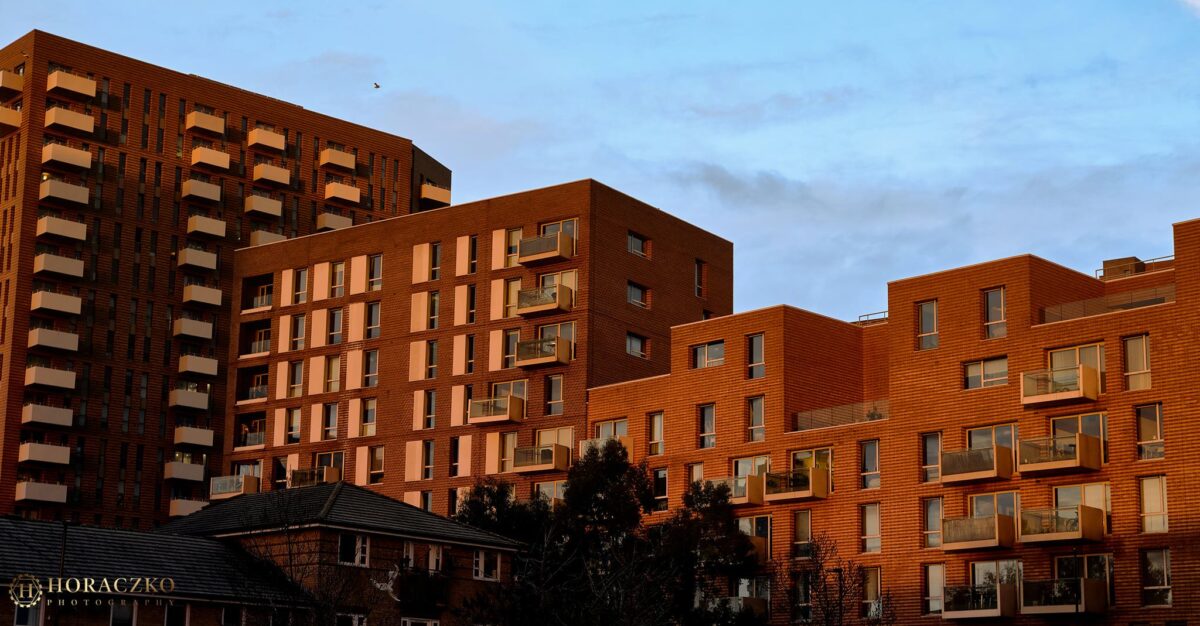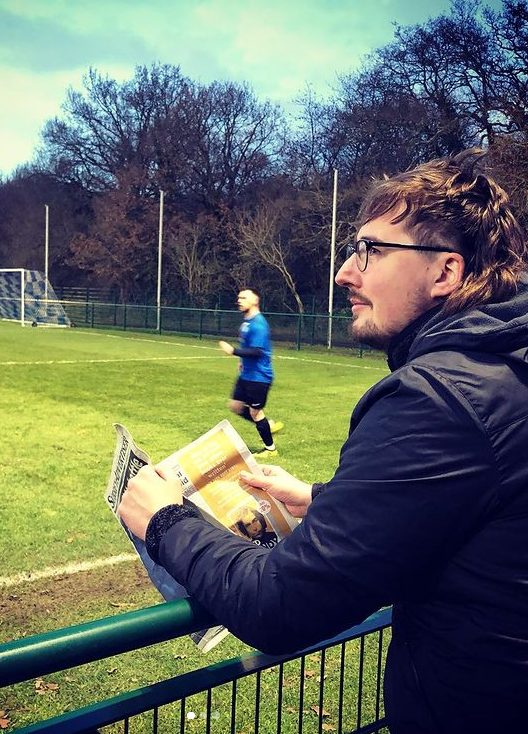In the last election Conservatives ran on a manifesto targeting the Gypsy, Roma, and Traveller community. They sought to give police new powers to arrest and seize the property and vehicles of trespassers who set up unauthorised encampments – in “order to protect our communities”. But at what cost and where will these families go?
Unauthorised encampments yet another symptom of a failing planning system
The recent Government consultation on ‘Strengthening police powers to tackle unauthorised encampments’ closed on the 4th March. The Home Office is due announce its findings very soon. These callous changes could have far reaching consequences, resulting in persecution for those living with unmet housing needs.
England is already facing a systemic housing shortage where building new homes is illegal without prior permission. On one hand, the heavy hand of the law seeks to punish minority groups whose nomadic way of life our system fails. While on the other, bias, racism, and political failure to tackle the systemic shortages endemic in our planning system.
Current land use regulations leave the travelling community bottom of the list for unmet needs. Both Government and local authorities have failed to address the needs of the Gypsy, Roma, and Traveller community. The proposed criminalisation of their a way of life does nothing to solve the issues.
Consultation on whether to persecute most disadvantaged communities
Former Home Secretary Sajid Javid previously had plans on unauthorised encampments, in particular to amend sections 61 and 62A of the Criminal Justice and Public Order Act 1994. Priti Patel seeks to lower the criteria for police to be able to direct people away from unauthorised sites by changing this legislation.
Trespass is currently a civil offence requiring landowners or local authorities to seek a court order to evict people if they are occupying private or public land. Some describe the process as tiresome and slow. Out of the 23,000 traveller households in England, it is thought that 14% live on unauthorised sites, equating to around 3,200.
Sadly, lowering the criteria for permitting new sites for homes, or pitches for the Gypsy, Roma, and Traveller community seems to be a political hot potato. The recent planning reforms set out to consult on what new criteria might be required.
It could be a missed opportunity for the traveling community as local plans, which could be substantially consulted on, could outline potential pitches for authorised encampments. Instead of futile attempts at persecution.
Solution is to authorise new encampments
Research by Friends Families and Travellers (FFT) shows that 1,035 traveller caravans are located on unauthorised encampments in England, although this is widely considered to be an underestimate. Many have living arrangements that could currently result in them facing prison, a fine, or having their family’s home taken away from them.
Labour’s last manifesto offered nothing to the Gypsy, Roma, and Traveller community. It did not seek to protect the human rights of those who have the “crime” of having nowhere else to go. This is a community who have lived in England and practised a nomadic way of life since before the 16th century. We have witnessed some local authorities buckle under political pressure, having allocated funding for new sites, only to U-turn.
NIMBYism Leading to Local Authority Persecution of Gypsy, Roma, and Traveller Communities
Milton Keynes Council now seeks to extend the town’s two current sites and put any new ones on hold. Our current planning system caters for the ‘Not In My Back Yard’ (NIMBY), rather than those most in need. The recent story of Bethany Rose, who has been waiting for a pitch for over a year, highlights how the “NIMBY culture” has resulted in the West Sussex’s plan for 50,000 new homes being agreed with not a single authorised travelling pitch.
Attitudes need to change on planning, as well as how we accept others way of life. In England only 13 permanent sites have any available pitches for Gypsy, Roma, and Traveller families, out of a total of 59. Almost 1,700 households are on waiting lists for pitches on traveller sites. This illustrates a severe shortage of pitches available of people living on unauthorised encampments.
Manufactured housing: lessons to be learned from the United States
We must recognise that manufactured housing associated with mobile homes on such parks are considerably cheaper to build than typical bricks and mortar. These can be energy efficient and produce much less waste than traditional site-build construction, with considerably less embodied energy. This results in much more affordable rents.
Permanent sites often demonstrate how small lot sizes can result in high population densities. Market urbanism expert, Nolan Gray, has written for Strong Towns on how planners can learn from US ‘trailer parks’. Gray argues that a more permissive approach to such types of housing settlement should be taken. Primarily to not undermine access to affordable housing. But back here in England our planning system is failing to tackle the inequalities faced by these communities.
Tory persecution of the most disadvantaged affects education
We know Gypsy, Roma and Traveller children leave school at a much earlier age than any other ethnic group. They also have worse attainment standards from early-years onwards. Only a handful ever recording having attended university. Shelter’s report shows us the devastating impact of not having a permanent home. In particular on the ability of a child to participate in school successfully.
Government must stop treating low-income communities such as the Gypsy, Roma, and Traveller community as objects of contempt. We cannot continue to subject them to top-down paternalistic planning. It prevents families from putting down roots. Nor can we accept the unjust criminalisation of a communities nomadic way of life. Especially, not without offering a credible preventative alternative to such criminalisation.
Ultimately this is a failure of our planning system to effectively plan for some of the most disadvantaged groups. It comes as no surprise that the Tories have the Gypsy, Roma, and Traveller community in their sights. Simply because they lack political representation. With nowhere else to go, this criminalisation is nothing short of a targeted attack on the community.
Labour must recognise this and commit to ending the shortage of authorised sites, mandate designated sites, and embrace manufactured housing, if we are to truly commit to a more fair and just society.



